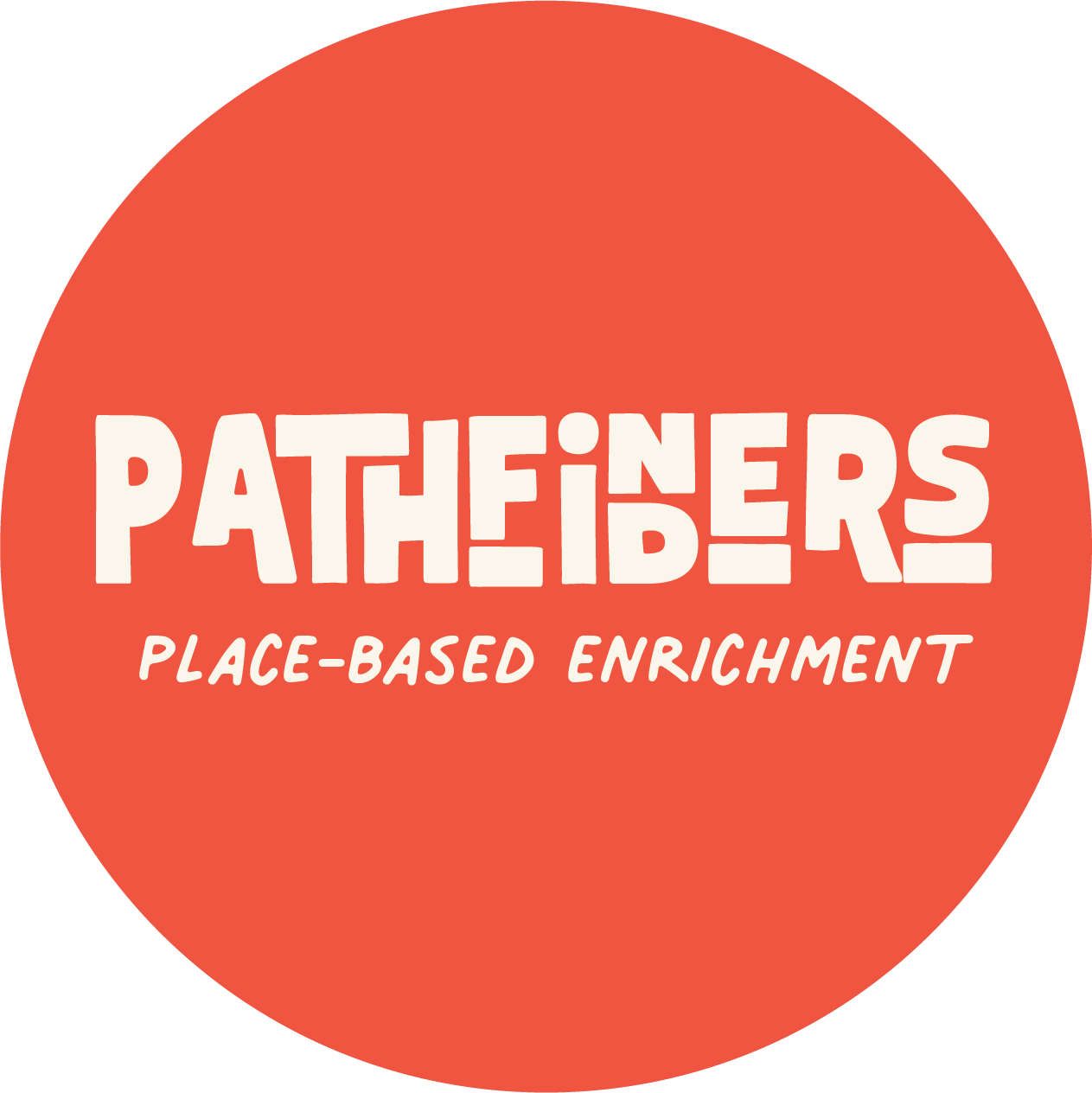6th-8th grade enrichment
Our 6th–8th grade Pathfinders program deepens place-based learning with an enrichment experience designed to foster critical awareness, independent thinking, and civic engagement. Students engage in interdisciplinary projects that blend English language arts, social studies, and STEAM (science, technology, engineering, art, and math), rooted in real-world inquiry and meaningful exploration.
Each session invites students to investigate San Diego’s complex systems through the lens of social justice, environmental equity, economics, and cultural history. From the canyons to the borderlands, from shipyards to city planning offices, learners examine how power, policy, and people shape the places they call home. This immersive, justice-oriented approach empowers middle schoolers to become thoughtful, informed, and active contributors to their communities—today and in the future.
2025-2026 Sessions
-
In The Grid, we explore San Diego’s urban center as both a blueprint and a battleground — a place where roads, buildings, laws, and lives intersect. From the symmetry of downtown blocks to the zoning lines that shape who lives where, we investigate how cities are designed — and for whom. Children trace power through architecture, transit systems, and public space; observe patterns of access and exclusion; and consider how civic systems impact everyday life. Through mapping, interviews, and observation, we begin to question the assumptions built into the structures around us — and imagine what a more just city might look like.
-
San Diego is a border city — and that matters. In this region, we explore what it means to live in a space shaped by migration, resilience, and identity. Through visits to San Ysidro, the Tijuana River Estuary, and the border fence itself, we examine the visible and invisible forces that shape life along geopolitical lines. Children reflect on language, belonging, culture, and displacement, connecting the stories of this region to broader global conversations. These sessions challenge us to think about movement, justice, and the meaning of community — and to hold space for complexity and compassion.
-
Warehouses, truck routes, railyards, and scrapyards form the veins of San Diego’s Industrial Corridor — an often overlooked region where labor, logistics, and environmental injustice converge. In neighborhoods like Barrio Logan, Otay Mesa, and National City, we explore how industry shapes air, water, work, and daily life. Through observation, storytelling, and interviews with community leaders and advocates, children investigate the environmental impacts of commerce and the resilience of the people who live and work nearby. These sessions offer space to think critically about power, pollution, and the possibilities of collective care and action.
-
The canyons running through San Diego’s urban and suburban zones are more than open space — they are remnants of ancient ecosystems, sites of resistance, and living records of time. In this region, we explore places like Rose Canyon, Chollas Creek, and Florida Canyon, paying attention to native plant life, water cycles, and habitat restoration — while also learning about the Kumeyaay people’s enduring relationship to these lands. Children engage in quiet observation, field journaling, ecological surveying, and stewardship work, deepening their understanding of reciprocity, repair, and ecological belonging in a fragmented urban landscape.
-
DETAILS COMING SOON. JOIN OUR WAITLIST TO STAY IN THE KNOW.
